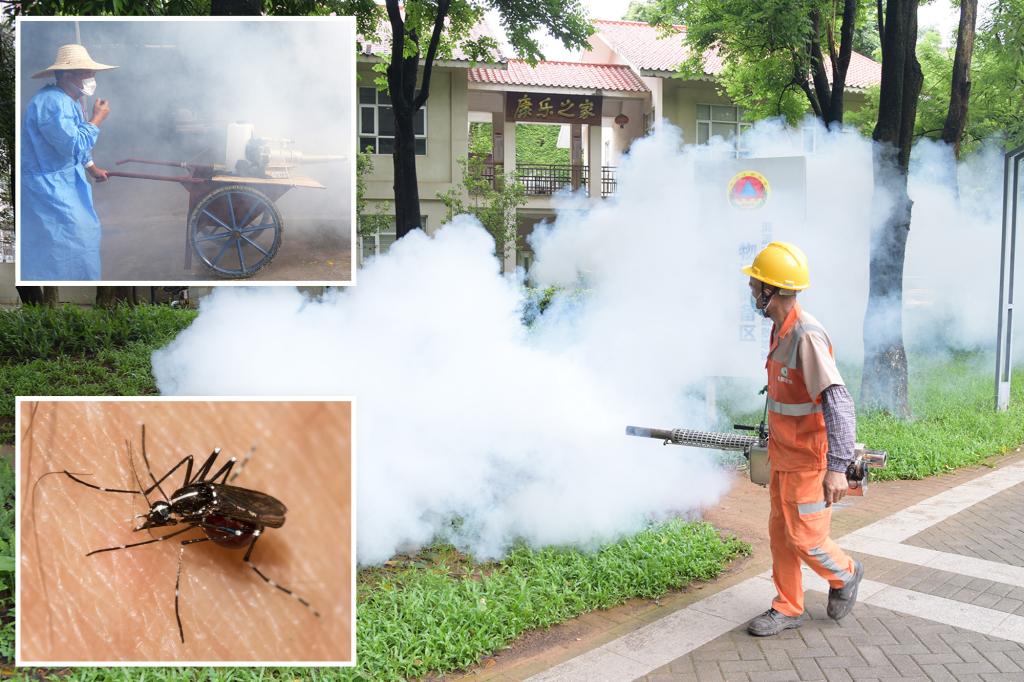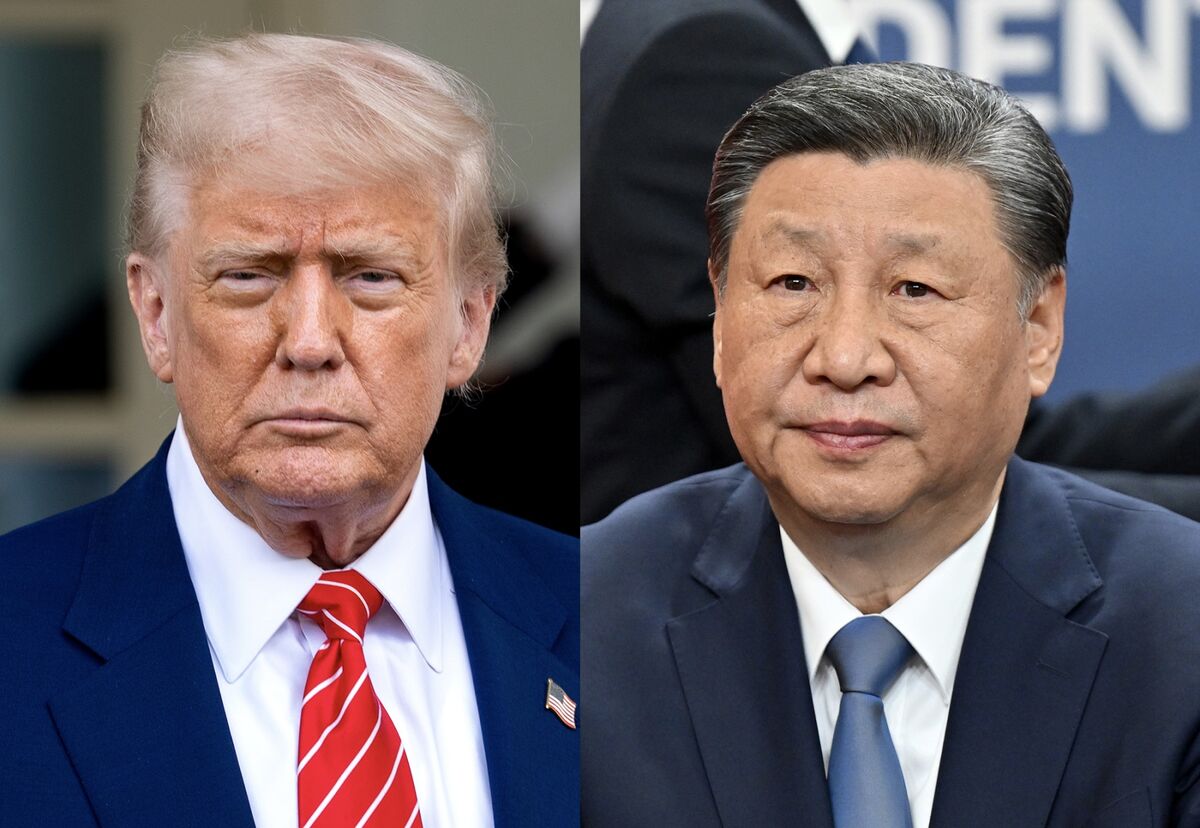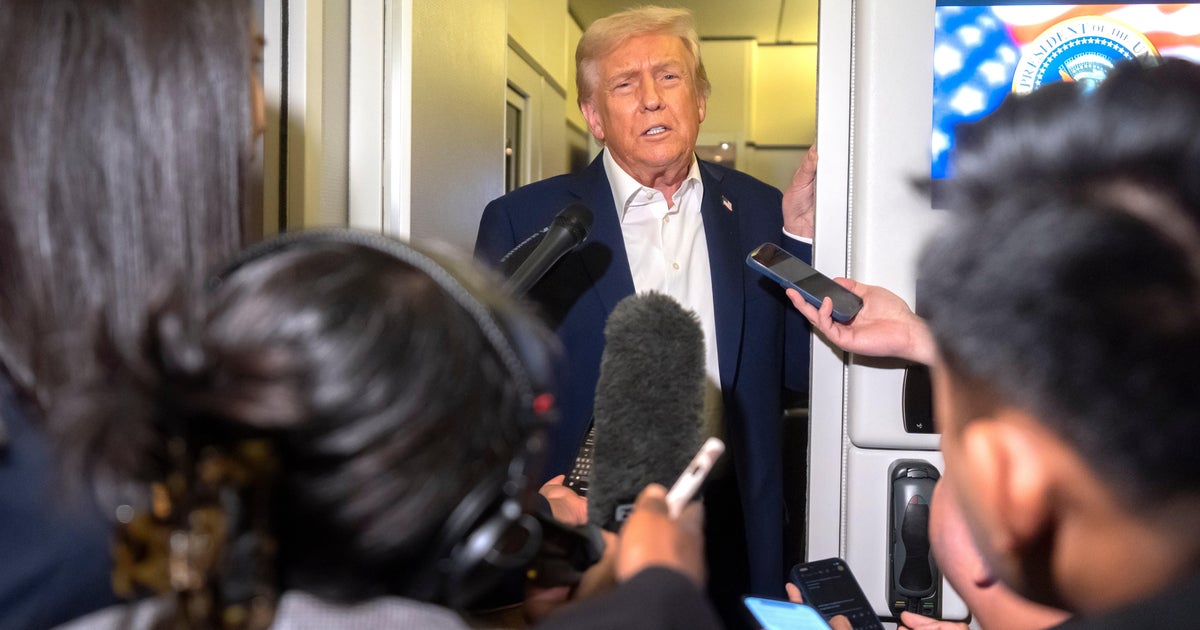Thousands of people have been infected with a painful mosquito-borne virus in China, prompting a response not seen since COVID — including mass quarantines even though the virus is not spread by humans.
The chikungunya virus has rapidly spread to about 8,000 patients in just four weeks, mainly across China’s Guangdong province to the south, with the city of Foshan hit the hardest, according to the New York Times.
But Hong Kong’s first case was confirmed Monday, and the increasingly worrisome situation is stoking fears of a potential pandemic.
Infected residents are being sent to “quarantine wards” in hospitals where they’re placed in beds covered by mosquito nets. They have to then remain there for a week, unless they test negative beforehand.
Nearby cities at one point also forced people entering from Foshan to quarantine themselves for 14 days but have since lifted that order.
The drastic measures show just how jittery Chinese officials are about the potential for another major health crisis, considering Chikungunya is typically not deadly and not spread between humans but is transmitted by the bites of infected Aedes mosquitoes.
In a massive effort to curb its further spread, masked Chinese soldiers have been dousing public spaces with insecticide, and authorities have begun releasing “elephant mosquitoes” whose larvae devour the smaller, virus-carrying mosquitoes.
Thousands of mosquito-eating fish also have been released into Foshan’s public ponds.
Officials have urged those showing any symptoms to be tested for the virus, and residents have been ordered to remove stagnant water, where the mosquitoes breed, from their homes — and threatened with fines up to $1,400 if they refuse to comply, according to the BBC.
At least five homes have had their electricity cut for not cooperating, the Times reported.
Authorities are even using drones to detect potential hot spots of stagnant water.
There is no known cure for the virus, which has symptoms that can be agonizing and include fever, joint pain, headache, muscle pain, swelling and rash, according to the US Centers for Disease Control and Prevention.
Officials in China said 95% of the patients hospitalized with the virus have been discharged within seven days, but the infection rate has the region on high alert with 3,000 cases reported in area in just the past week alone, according to the BBC.
The swift response by the Chinese government has its citizens online comparing the outbreak to the COVID-19 pandemic, which exploded in 2020 and killed millions of people. US officials claim the coronavirus was accidentally released from a Chinese laboratory.
China imposed some of the strictest restrictions in the world at the time, including major lockdowns, forced testing and social-distancing rules.
In Guangdong, authorities have vowed to take “decisive and forceful measures” to halt the spread of chikungunya, which is not commonly found as far north as in China.
Ren Chao, a professor at the University of Hong Kong studying climate change’s impact on Chikungunya, told the paper that infected mosquitos “can spread and reproduce in even the smallest pool of water, like a Coke bottle cap.”
The CDC on Friday issued a Level 2 travel notice for those going to China as the disease continues to spread. Level 2, which tells travelers to “practice enhanced precautions,” is on a warning scale of four, with four urging people to “avoid all travel” to the region.
The agency has urged Americans traveling there to get vaccinated for chikungunya. There are two vaccines approved for use against it in the US.
The current surge began in early 2025, with major outbreaks in the same Indian Ocean area.
With Post Wires


